It’s no accident that Donnafugata, one of the world’s leading producers of Sicilian wines, derived its name from a trailblazing regal queen. Donnafugata, which loosely translates as “woman in flight,” references a character in Giuseppe di Lampedusa’s renowned classic novel, Il Gattopardo (The Leopard) — the queen who retreated to a vineyard in Sicily to rebuild her own life, on her own terms. The same can be said for Gabriella Rallo and her daughter, José, who transformed the male-dominated Sicilian winery landscape.
Gabriella founded the Donnafugata enterprise alongside her husband, Giacomo, back in 1983. While many assumed that she would become a mere administrative sidekick to Giacomo and that a woman couldn’t possibly run a business historically led by men, the Rallo matriarch took to the vines with the gusto of a boss. One of her great wins was becoming an advocate for the Ansonica grape, which she used to create the eponymous Vigna di Gabri white, which dazzled wine lovers with its notes of white peach and grapefruit. It’s audacious moves like this, along with other unorthodox production choices, that ended up helping the Rallo family build their modest investment into a multimillion-dollar enterprise.
To understand Donnafugata’s international success, it’s important to understand the history of wine. Much like fashion, home décor and architecture, wine has always had a way of reflecting the zeitgeist. In the first century AD, for instance, ancient Romans produced different grades of vino for the different social classes, dividing the haves and the have-nots accordingly (many without financial means were given free jugs of wine). And back then, citizens of all statuses diluted their libations with water and drank up to 100 gallons of wine a year; historians have reported that men, women and children regularly consumed up to a bottle each a day.
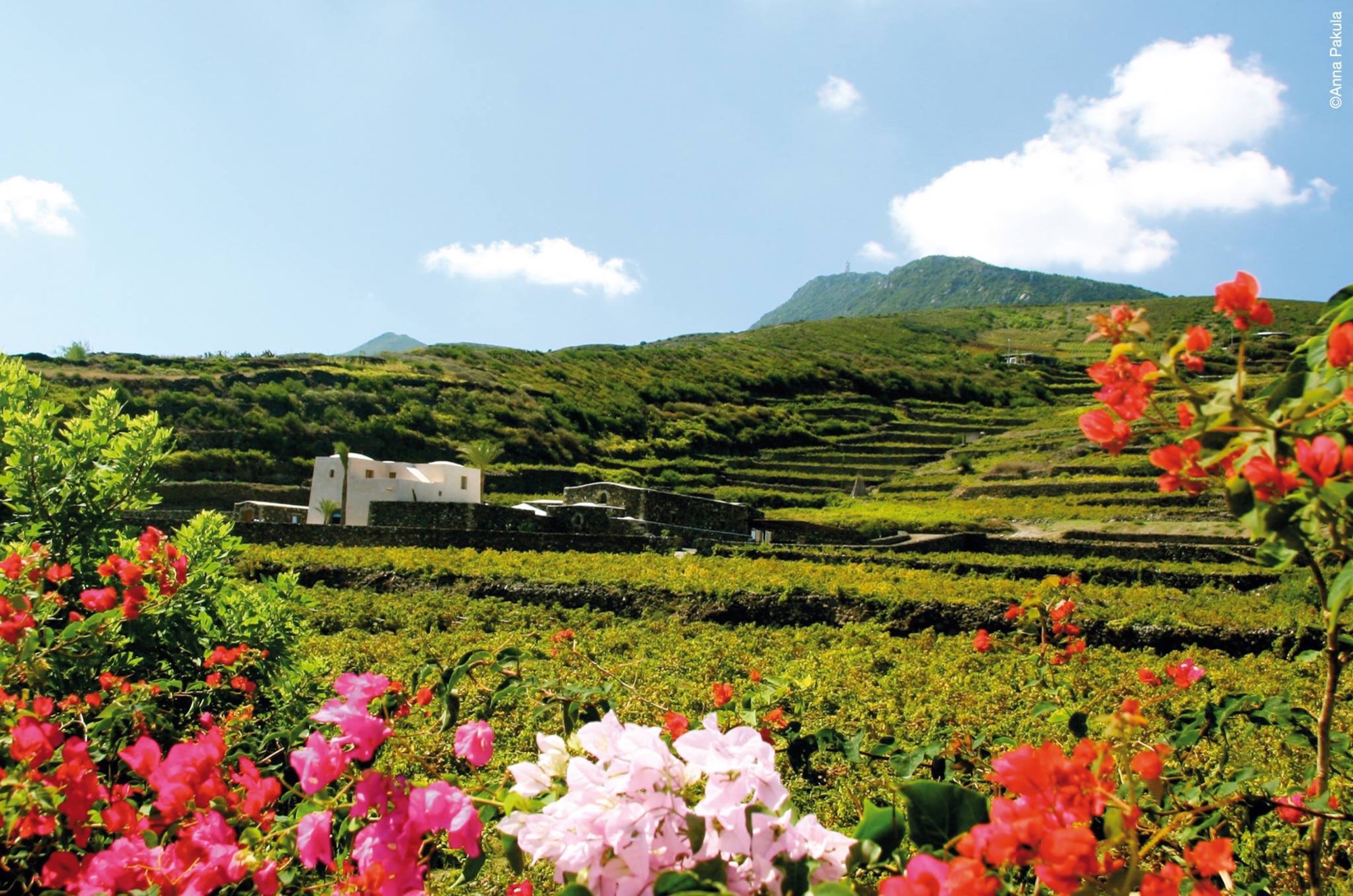
By the late ’50s and through the ’70s, drinking wine became a more reserved affair, with most people enjoying a glass or two around dinnertime. This was a time when beatniks, hippies and bogues alike took to serving unassuming straw-covered bottles of Chianti during meals, later reusing their empties as makeshift candlesticks. The excess of the ’80s transformed the perception of wine consumption altogether. In the decade of decadence, pouring just the right red or white became the ultimate success symbol. To many, collecting and uncorking aged Chardonnay and Beaujolais showed that one has arrived.
The ’90s and 2000s brought major shakeups to the global market — and the mainstream — so varietals once again reflected ever-changing times. From sugary, best-selling 17-percent-proof Zinfandels to trendy citrusy rosés, heavier Merlots (to wit, 2004’s blockbuster wine comedy film Sideways) and the return of the bubbly, this newfound, individualistic, anything-goes way of thinking about wine had taken over our collective consciousness.
One of the most ahead-of-the-curve vineyards reflecting this independent spirit is Donnafugata. Not one for adhering to today’s work-life-balance fable, Gabriella Rallo not only produced numerous wines in the ’80s and ’90s, she also single-handedly directed the vision for the labels and the marketing of each wine bottle, using famed artists such as illustrator of children’s books Stefano Vitali. She also oversaw all stems of management and, with Giacomo, co-parented their daughter, José, and son, Antonio, and helped prime them to take over the business.
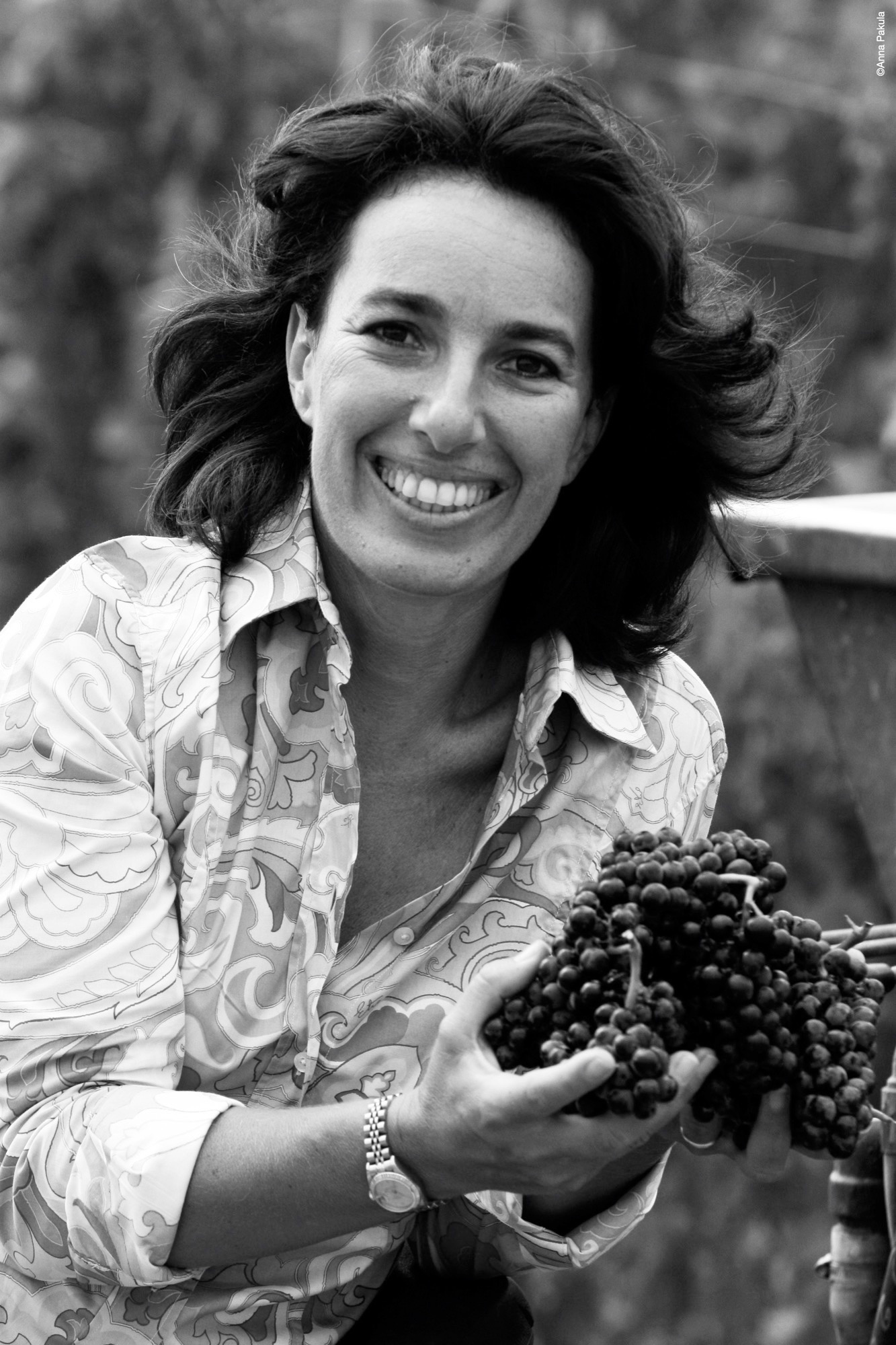
“You have to understand, people thought my mother was crazy!” José, now 52, says via Skype from her office in Marsala, the location of one of four Donnafugata vineyards that she owns and operates with her brother. “Before Donnafugata was founded, my mom worked for 10 years in viticulture, under the vines and in the dirt and cellars, just to get experience, so she could be able to experiment with confidence. Some didn’t believe it would happen for her, but my mother was working only with men and a lot of them thought she was outrageous and that she would lose all her money because she thought of planting new varieties and reducing the production of plants.”
Gabriella’s audaciousness ended up saving the family money and helping to produce one of the best-selling Nero d’Avola wines in Canada — Donnafugata’s Mille e Una Notte (One Thousand and One Nights). “Luckily, [she] ignored her critics and kept at it,” José proudly says of her mother. “She became her own kind of revolution…and mine as well.”
Although there have been challenges, such as adverse weather conditions and crop failures, Donnafugata has weathered turbulent economic shifts and even managed to expand and become a major tourist destination for serious foodies. The winery’s headquarters in Marsala is an excellent starting point to explore Sicily’s intriguing ties to the Grecian, Arabian, Iberian and African cultures. Marsala is where the Rallo family maintain their historic cellars to host wine tastings and glorious meals (think seafood arancinis, platters of fresh buffalo mozzarella and tomatoes, and blood orange desserts). Donnafugata also produces wine in the western Sicilian commune of Contessa Entellina and recently opened a shop in the Mount Etna region.
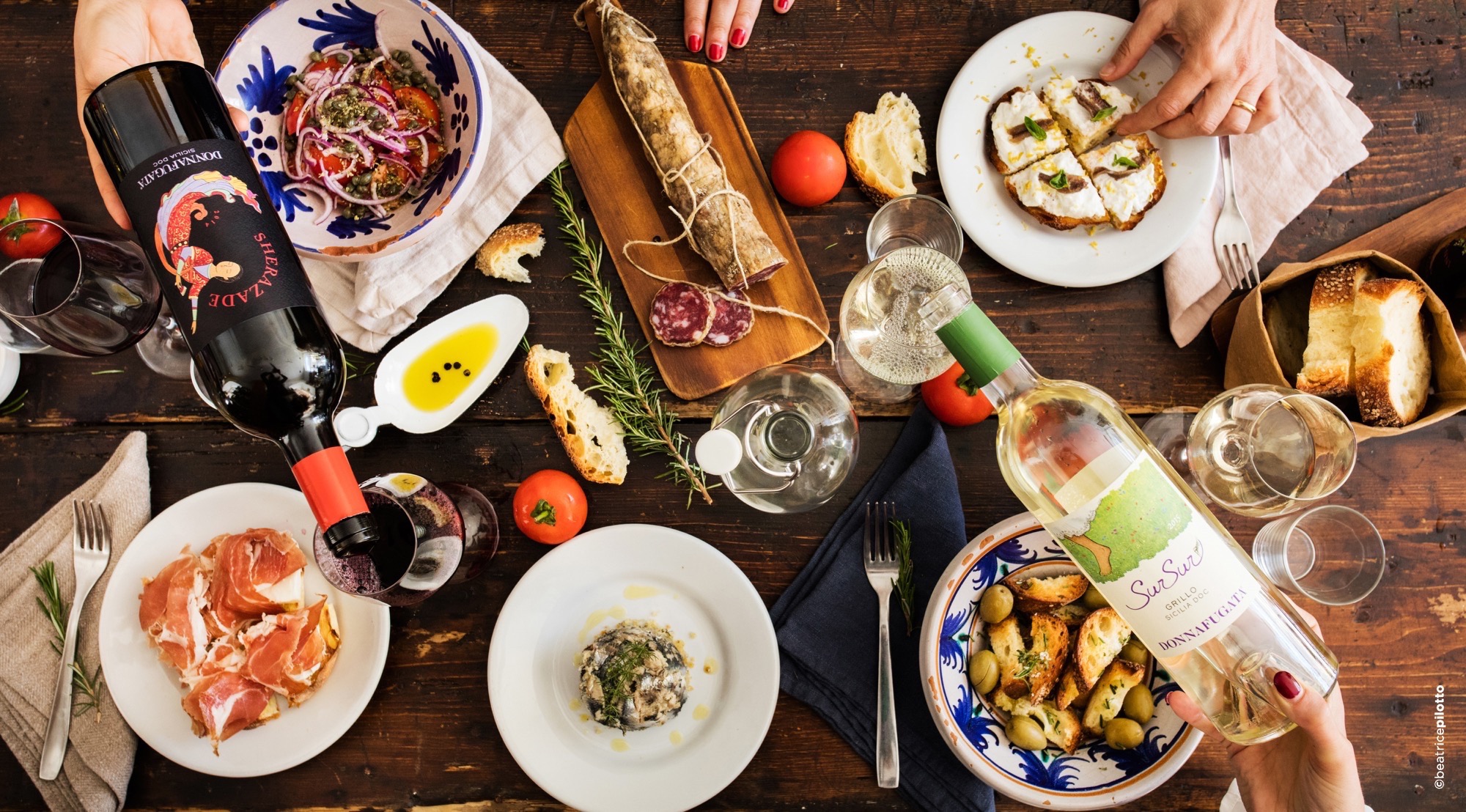
However, the Rallo clan’s crown jewel is their winery on the island of Pantelleria — a hush-hush holiday hot spot for the likes of Madonna, Sting, Julia Roberts and Joseph Fiennes. Donnafugata’s 100-acre paradise here is minutes away from one of Giorgio Armani’s homes and Pantelleria’s stunning landmark rock formation called Arch of the Elephant. This is where the family grows Zibibbo grapes (for wines such as Moscato d’Alessandria) and hosts annual events and tours. José’s go-to restaurant is nearby — in the Club Levante enclave, where visitors can rent one of the local lava-stone homes called dammusi. “Trekking up a mountain and experiencing something as exclusive as this island’s landscape is like nothing else,” José enthuses. “Beauty cannot be measured here because there is too much of it.… The amount of nature and peace that is cut off from the rest of the world is astounding — in the best way possible.”
There is something else that José inherited from her parents (her mother retired last year, which was also when her father passed away) — the idea that business can be pleasure and vice versa. Now the face, voice, co-owner and co-manager of Donnafugata, José is staying on course, her direction for the company’s future just as inventive and thoughtful as that of her parents — perhaps even more boldly so.
José has, in fact, parlayed her passion for music into the way the company is run. Donnafuggata’s wine tastings are more like mini-concerts wherein José breaks down the tasting notes of each wine and the pairings through her rendition of jazz songs. “I love music like I love wine. Those are my two passions. It was a really magical idea to put them together,” she says.
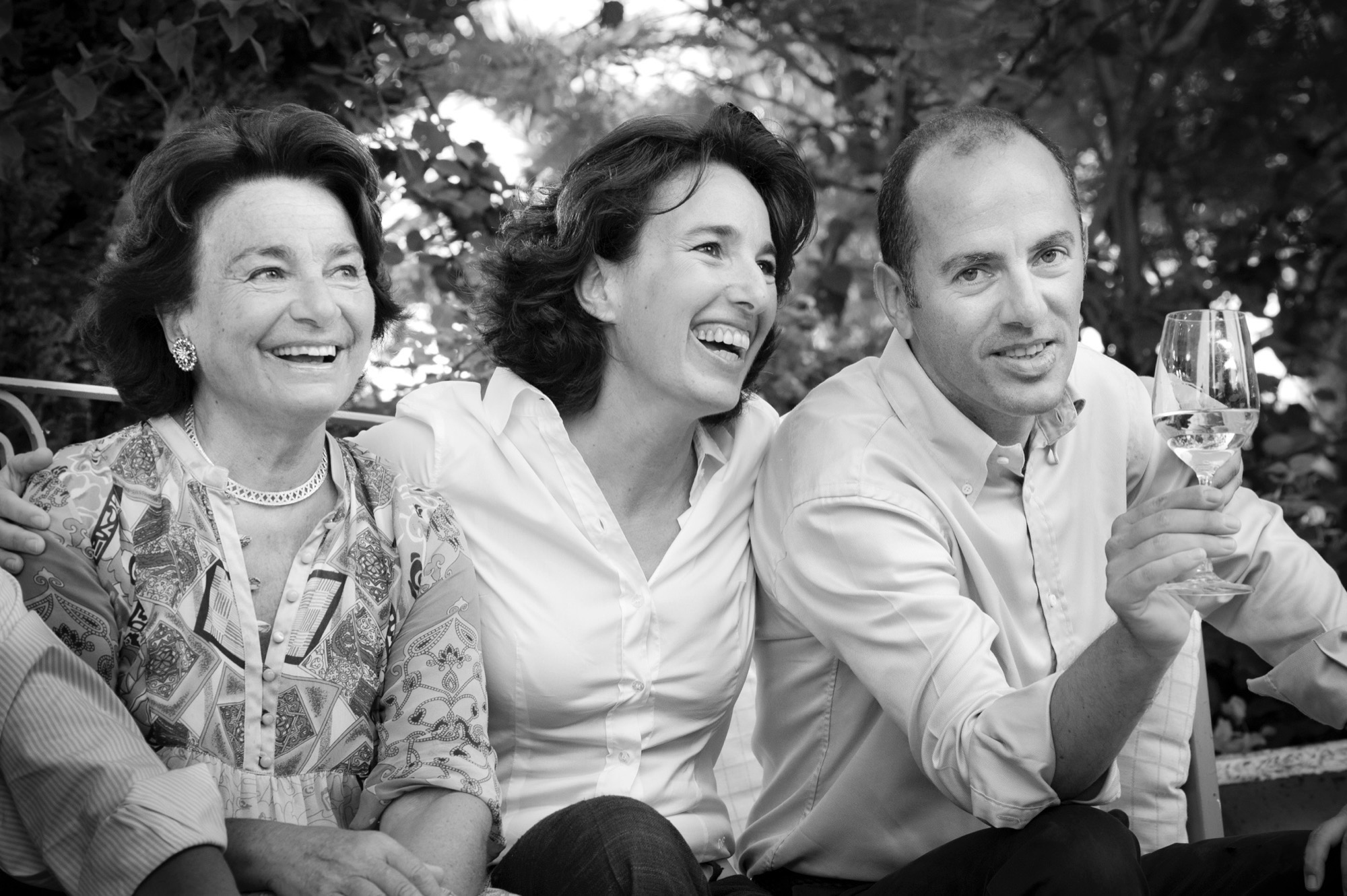
There is a method to the magic, however. “For a sweeter wine, I’ll sing a samba, something like ‘An Older Man Is Like an Elegant Wine.’ But for a big, full red, I’ll do a ballad,” she explains. The experience has been so successful, engaging wine aficionados, that José has been able to take her performance to such esteemed places such as the historic jazz club Blue Note in New York City (the show sold out two nights in a row). “It’s something unusual and new,” she says. “Like most good things, people [responded] out of intrigue.” José’s vocal style has as much of a range in depth as Donnafugata’s wine selection. When she takes the stage at what she calls a “multisensory tasting,” she evokes the tones and pitches of iconic musical artists such as Celia Cruz, Bebel Gilberto, Italy’s own Barbara Streisand, Mina, and Sergio Mendes’s signature frontwoman, Lani Hall.
But quite apart from her musical accomplishments, this next-generation wine magnate has been making her mark in other ways — by striving to leave less of a mark on the planet. This past spring, José was inducted into the Accademia dei Georgofili, the Italian winemakers’ hall of fame. The honour acknowledges her efforts in spearheading crucial policies aimed at energy production from renewable sources, energy saving and environmental-impact assessment. She is also a proponent of official carbon footprint certification, which Donnafuggata’s labels have received.
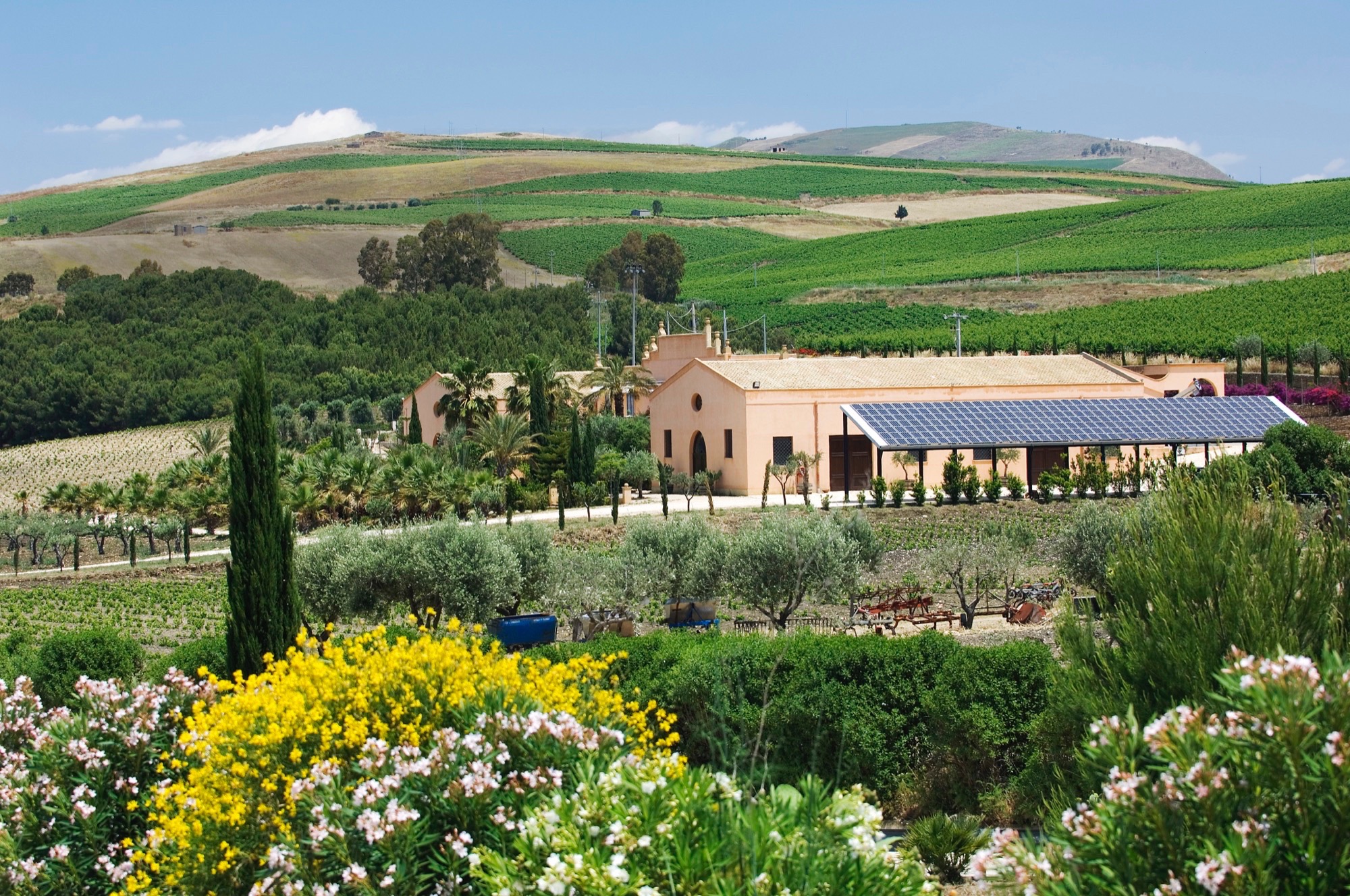
This initiative, as well as what she considers her future vision for her family’s company, has more to do with her two daughters, now in their 20s, than anything else.
“When you plant a vineyard, you need 10 years before it gives you very good grapes,” José points out. “It is a long-term vision that only family businesses have as a value. This means you are not just looking at your well-being or your workers’ well-being. You are [also] looking after the next couple of generations.”
By Elio Iannacci – *This article originally appeared in INSIGHT: The Art of Living | Fall 2017
Photos: Portrait by Anna Pakula | Photos by Beatrice Pilotto, Fabio Gambina.



